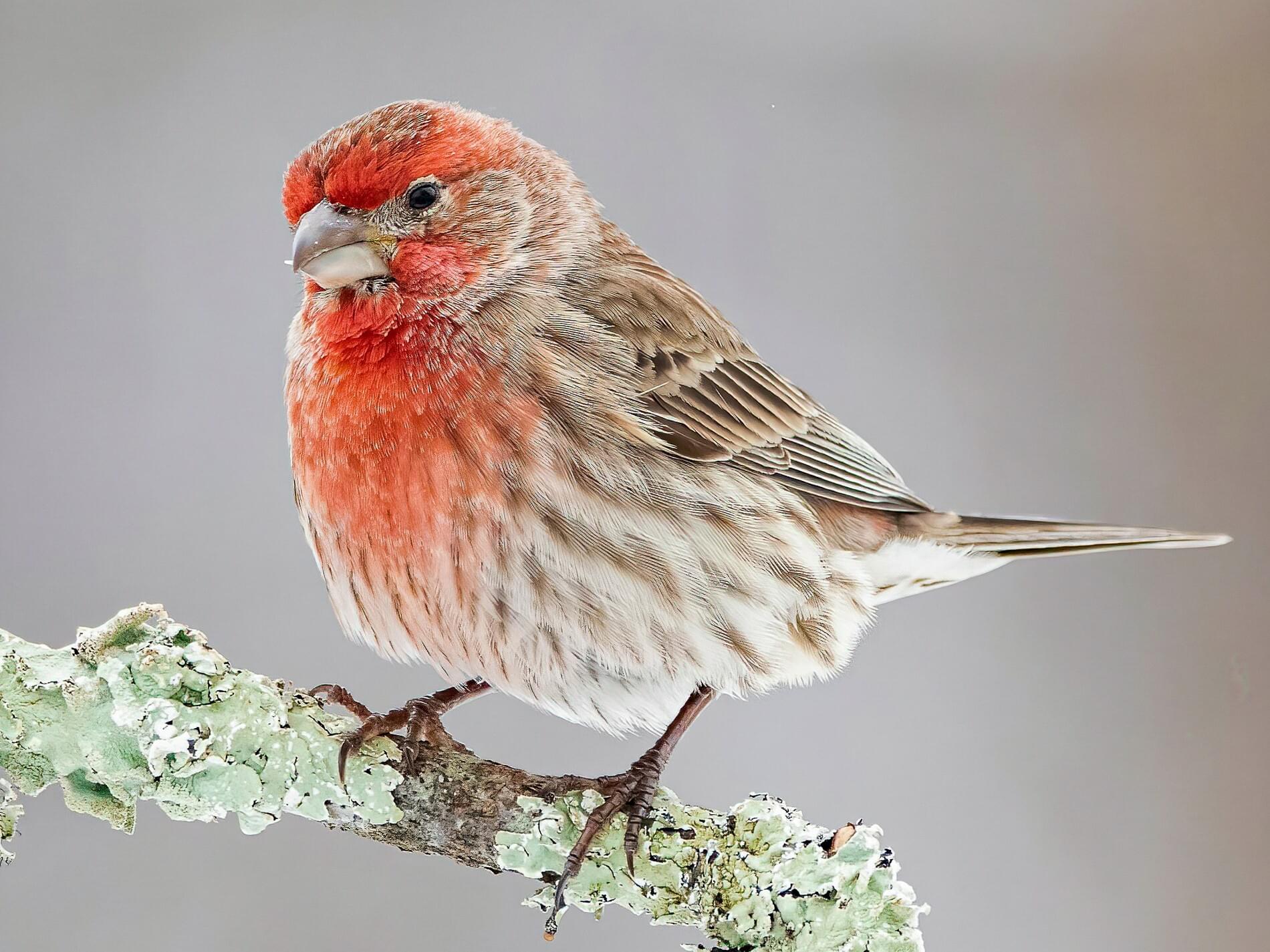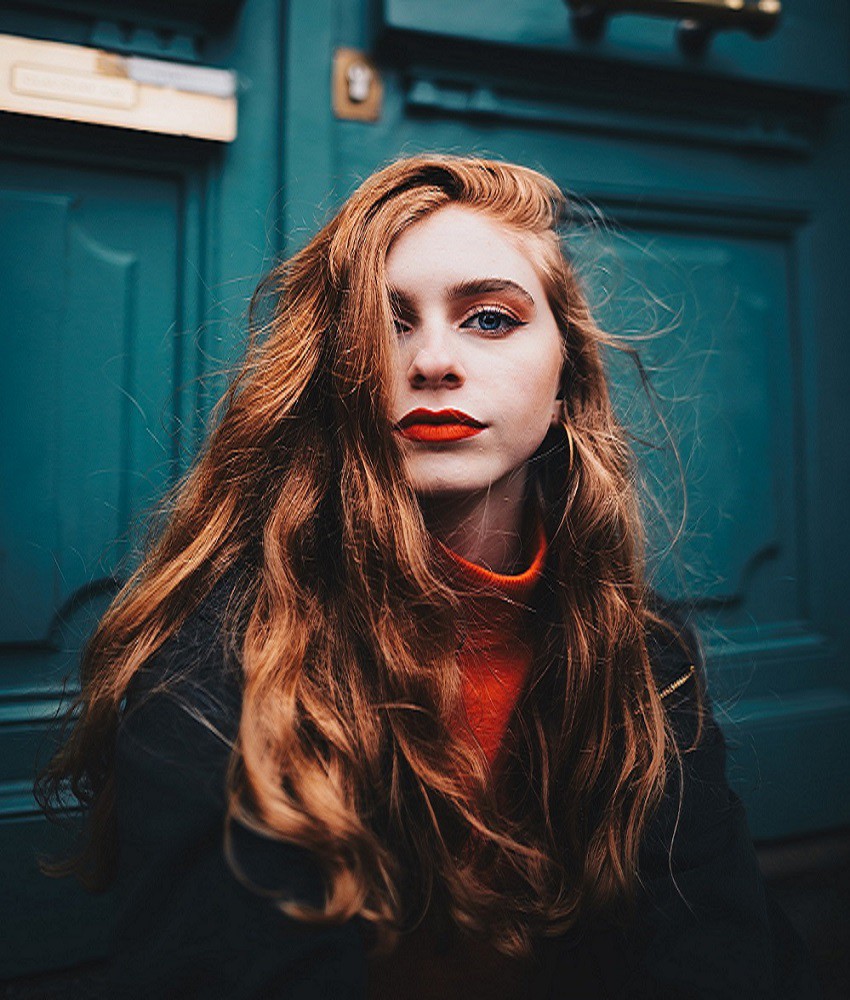Table Of Content

In the wild, finches forage and eat weed seeds from plants like milkweed, ragweed, thistle, dandelion, and goldenrod. Finches will also eat small fruit and insects, depending on the season.... Susceptible to House Finch eye disease, an illness that gives them swollen eyes and leaves them lethargic. If sick birds are seen around feeders, remove feeders and clean with diluted bleach solution to reduce spread. Adult males are rosy red around the face and upper breast, with a streaks down the belly and on the flanks. Male and female House Finch calls are a sharp cheep made often, including while perched and during flight.
Conservation Status
The Purple Finch and the House Finch make very similar bay-bee calls when alerted of a predator. Alarm calls are designed to alert any nearby bird of danger, not just Finches. Birds such as Warblers, Hummingbirds, Cassin’s, and Buntings can identify a Finches alarm call and take cover.
Feeding Behavior

The female has a uniformly brown-streaked head with broad brown streaking on the breast and belly. Look for them in woodlands, parks, residential areas, farms, deserts across much of the United States year-round. Often numerous at feeders, especially where black oil sunflower is offered. Tends to sit at feeder and crack seeds in its stout bill instead of flying away.
What Do House Finches Eat?
Bill Uhrich: First house finch song puts us in spring state of mind - Reading Eagle
Bill Uhrich: First house finch song puts us in spring state of mind.
Posted: Sun, 23 Feb 2014 08:00:00 GMT [source]
A western species until the 1940s, the house finch was introduced to the east by an unethical pet dealer, where they quickly spread to all eastern states. A Squirrel Proof feeder is recommended for sunflower seed as squirrels will make off with the seed before the birds have a chance to eat. Check out some of the feeders below for offering nyjer seed. Another reason House Finches sing is to locate other birds in their flock or to alert nearby birds of a food source or predator.
During the breeding season, Finches become quite the little singers. House Finches, for instance, have a warbling song that composes a series of jumbled warbles split into 3-second syllable repertoires. They perch atop a high branch and swoop down enthusiastically as they perform their courtship dance. Unlike other songbirds, House Finches display much more than courtship songs to attract a mate. Find out facts about the house finch nest, eggs, range, habitat and song. A careful look at male House Finches at a feeder shows that, while most males show red feathering, some are decidedly more orange - and some even yellow.
House Finches acquire their coloration from pigments known as carotenoids in the foods they eat. Cardinals are beautiful and colorful birds that are often attracted to bird feeders. By providing the right type of feeder, offering their favorite seeds, and creating a welcoming environment, you... Fill your backyard feeders with small, black oil sunflower seed. If House Finches discover your feeders, they might bring flocks of 50 or more birds with them. Find out more about what this bird likes to eat and what feeder is best by using the Project FeederWatch Common Feeder Birds bird list.
The House Finch Mating, Nesting, and Feeding Habits
The female lays 2 to 6 bluish eggs that are finely speckling. Incubation is done by the female and the eggs will hatch in 12 to 14 days. We attached a man-made wooden Barn Swallow nest under the eave of our house and attract a pair every year.
Midweek Musings: Meditations with house finches Opinion salemnews.com - The Salem News
Midweek Musings: Meditations with house finches Opinion salemnews.com.
Posted: Wed, 11 May 2022 07:00:00 GMT [source]
Attract them to your backyard bird feeders with nyjer, sunflower seed, mixed birdseed, peanuts, fruit, suet and sugar water. House Finches (as well as other similar bird species) sing to attract a mate, defend their territory, or communicate with other birds. The House Finch mating call is often heard during the breeding season between March and August. They aren’t migratory birds, meaning their bird calls are heard well into the winter. Adult males are rosy red around the face and upper breast, with a streaky brown back, belly, and tail.

What's Behind Those Lustrous Red Feathers?
In parts of the United States, House Finches overlap with similar-looking Purple Finches. House Finch songs are jumbled and have a sharp, buzzy note — especially during the breeding season. Purple Finches’ songs, on the other hand, are smoother and lack the buzzy note.
You may hear a sharper version of this call as the birds flush from the ground. As seed eaters, it's beneficial to have these birds around your yard. In summer they can be a real help in keeping weeds seeds down.
Not every sighting of every bird has a particular meaning. These birds are pretty common and do not hold any symbolic meaning in most cultures. During incubation and for about five days after the young have hatched, the male will feed the female in the nest.
House Finches aren’t the only Finches with similar alarm calls. The Goldfinch and Purple Finch all have similar ways of communication. If you haven’t seen one recently, chances are you can find one at the next bird feeder you come across.
Females sometimes give a shorter, simpler version of the song. Compared with Cassin’s and Purple finches, House Finch songs sound slower, rougher, and somewhat less fluid. The final slurred note is more often heard in House Finches than in the other two species. Male Cassin’s Finches sing a rollicking, warbling song with a fast series of short syllables. Their songs often include obvious and quite skilled imitations of other bird species. Males sing to attract females in the spring, but they don’t seem to defend territories through song.


No comments:
Post a Comment